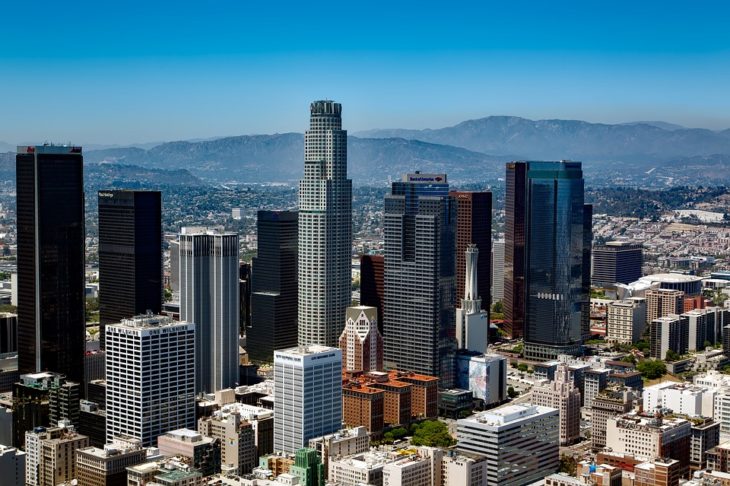Marijuana in America is a tale of two strains. On the one hand, there is medical marijuana, or MMJ for short, which has been gaining traction as a progressive new health care option for the last two decades. On the other hand, there’s recreational marijuana, which has recently seen an upsurge in support, and has been legalized in nine states and Washington D.C. The question on many users’ minds, especially MMJ patients, is do they hurt or help each other? And while it might be still too early in the game to say definitively, we can make some educated guesses based on the states that have incorporated both so far.
Recreational marijuana is set to have its biggest year in 2018. It started out on the wrong foot, when President Trump’s Department of Justice, headed up by Attorney General Jeff Sessions, announced that it was repealing a key Obama-era memo that prevented federal meddling in each individual state’s marijuana laws. Marijuana is still illegal at the federal level, meaning that the feds can still come down hard on the drug, even in states where it’s legal to use it recreationally.

Many MMJ users might be wondering how newly introduced recreational marijuana laws affect them.
However, as with much of our current administration, the rescinding seemed to amount to posturing and nothing more. There is little evidence so far that the government will do anything to combat marijuana on a federal level; it seems content to leave it well enough alone in states that have already legalized the drug. If you think it seems contradictory that the drug can be prosecuted on a federal level while legal on a state level, don’t worry; the majority of the Justice Department might just think so too. Federal prosectors around the country released vague statements soon after the rescinding, stating that there would be no new crackdown in recreationally legal states.
This is great news for California, the state that opened the world’s largest legal marijuana market to date on January 1st. California was the first state to legalize medical marijuana way back in 1996. Since that time, it’s always had a remarkably liberal policy towards marijuana in general, and cemented that status on November 9th, 2016, when it took the plunge and made recreational marijuana fully legal too. The state gave itself fourteen months to get the legislation together and prepare its citizens for a full move to legality, culminating in the January 1st, 2018 deadline.
Though California was certainly not the first state to legalize marijuana recreationally, it is definitely the most important yet. The state constitutes the world’s sixth largest economy, and of course, is the largest state in the U.S. Some four hundred businesses were approved to licence, and many cities all over the state have passed laws allowing local businesses to sell marijuana. Despite this, there have been some teething problems with the new legislature, and it’s with these discrepancies that we can measure the impact of recreational marijuana against medical marijuana.
Essentially, despite all the good will in the world, California is not ready to implement such a large recreational program of marijuana. Medical marijuana has been legal for 22 years, and although it’s largely been smooth sailing, there are still some lingering issues. It’s a tall ask for a state to bring together a previously black market industry (which, despite being a black market, is undoubtedly huge), and signs are that it’s not as straightforward as some in government would have hoped. For a start, every city in the state has to come up with its own distinct rules on what exactly can be sold and where, and to what degree. This makes for a confusing situation, as there’s no one rule to bind them all.

Marijuana laws for both medical and recreational use still differ from state to state.
In terms of MMJ patients who might be worried that their medical marijuana ID card is invalid because recreational marijuana is legalized, there’s a simple answer: don’t be. MMJ, procured from licenced dispensaries, is still the safest and most effective way to alleviate the symptoms it has been prescribed to you for. Your doctor will know which strain is best suited to your particular ailment. It’s not a good idea to attempt to self-medicate, nor is it a sure thing that all MMJ strains will be legally or immediately available in a recreational capacity.
As if to underline the importance of MMJ, the government of California has introduced a sales tax break to medical marijuana patients, indicating its continued commitment to the MMJ cause and legislature. If we take what’s currently happening in California as a microcosm for the whole of the U.S. we see that MMJ and recreational marijuana will undoubtedly continue to co-exist simultaneously, and even benefit from each other as they do. While the future is a little cloudy, especially when it comes to the number of states that have legalized medical but not recreational marijuana, there is no doubt that both strains will continue to exist harmoniously in the U.S. for a long time to come.
